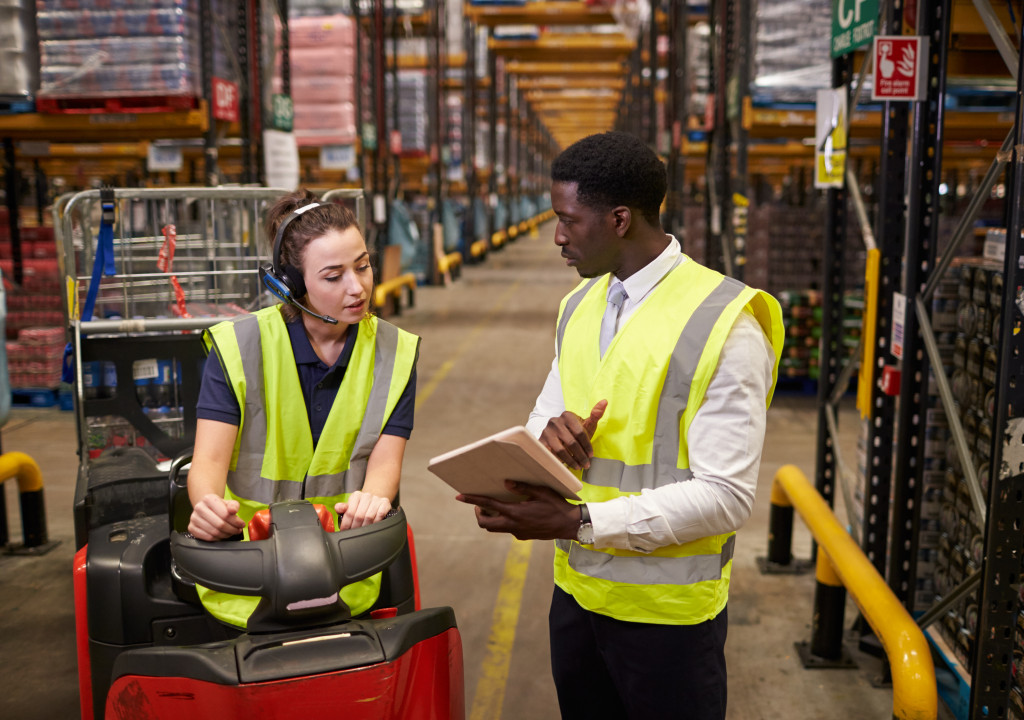Anyone who has ever run a retail business knows it is no easy feat. There are a lot of moving parts that need to be managed for the business to run smoothly. From stocking shelves to dealing with customers and managing staff, there is a lot to keep track of. Location and product availability are two of the most essential factors in retail, and both of these things can be heavily impacted by inventory management.
Inventory management is a crucial process for any retail business. It includes tracking what products are in stock, where they are located, and how many of each item there are. This process is important for several reasons and can never be overstated. This is because errors in inventory management can lead to big problems for retailers.
Fortunately, technology has helped to improve this process for many retailers. Here’s how advancements in technology have helped to improve inventory management in retail businesses:
1. Automation
Retail businesses must maintain a delicate balance between having too much and too little inventory. Too much inventory ties up valuable resources and can lead to higher storage and obsolescence costs, while too little can result in lost sales and dissatisfied customers.
Technology has helped retail businesses manage their inventory levels better through automated systems. These systems can track sales data in real-time and adjust ordering levels accordingly. As a result, retailers can avoid the costly mistakes of either over- or under-stocking their shelves.
In addition, automated inventory systems can also help to reduce shrinkage due to theft or errors. As such, it is clear that technology has improved the inventory process for retail businesses.
2. Tracking
Another advantage of technology is that it has helped automate many retailers’ inventory management processes. This means that tasks that would normally need to be completed manually, such as counting products and updating stock levels, can now be completed automatically. This saves a lot of time and effort, and it also helps to reduce the chances of human error.
Devices such as barcode scanners and Radio Frequency Identification (RFID) tags have also helped to improve inventory accuracy. Businesses can use these devices to track products as they move through the supply chain, from when they leave the warehouse to when they arrive on store shelves. This means that retailers always know exactly where their products are. They would also know how many of each item they have in stock.
What’s good is businesses can easily buy these reliable devices from suppliers like Sensors Incorporated. This makes it less of a burden on the retailer to keep track of inventory. That’s because assured quality items are available, and all that’s needed is to find the best match for business requirements.

3. Improved accuracy
In the past, inventory management in retail businesses was often a time-consuming and tedious task. Store clerks would have to manually count each item on the shelves and compare it to a written record. This process was often prone to errors and could take hours or even days to complete.
However, modern technology has greatly improved the accuracy of inventory management in retail businesses. In many cases, store clerks can now use electronic devices to quickly and accurately count items on the shelves.
This information is then transmitted to a central computer system, which businesses can use to generate real-time inventory levels reports. As a result, retailers can more efficiently manage their stock levels and reduce the risk of lost sales due to out-of-stock items.
4. Increased efficiency
Another benefit of technology in inventory management is that it has helped to increase the efficiency of many retail businesses. In the past, retailers would often have to wait for inventory to be delivered before they could start selling items.
However, modern retailers can use technology to track their inventory levels in real-time and place orders for new stock as soon as it is needed. Retailers can always stock their shelves and avoid lost sales due to out-of-stock items.
In addition, technology can also help retail businesses to manage their supply chains better. Tracking inventory movement through the supply chain allows retailers to identify bottlenecks and make changes.
5. Cost savings
Finally, it is worth mentioning that technology can also help retail businesses to save money. Automated inventory management systems can help to reduce the amount of stock that needs to be ordered, as well as the cost of storage and distribution.
One of the most costly expenditures for retailers is inventory. That’s why it’s important to utilize an inventory management system that tracks product movement and automates many tasks. This can help to keep costs down and improve the bottom line for retail businesses.
Not only that, but technology can also help businesses save on labor costs. Automating inventory management tasks can help reduce the need for manual labor, freeing employees to work on other tasks.
Overall, technology has positively impacted inventory management in retail businesses. By automating the process and increasing accuracy, retailers have improved efficiency and cut costs. This has helped to make retail businesses more successful overall.

